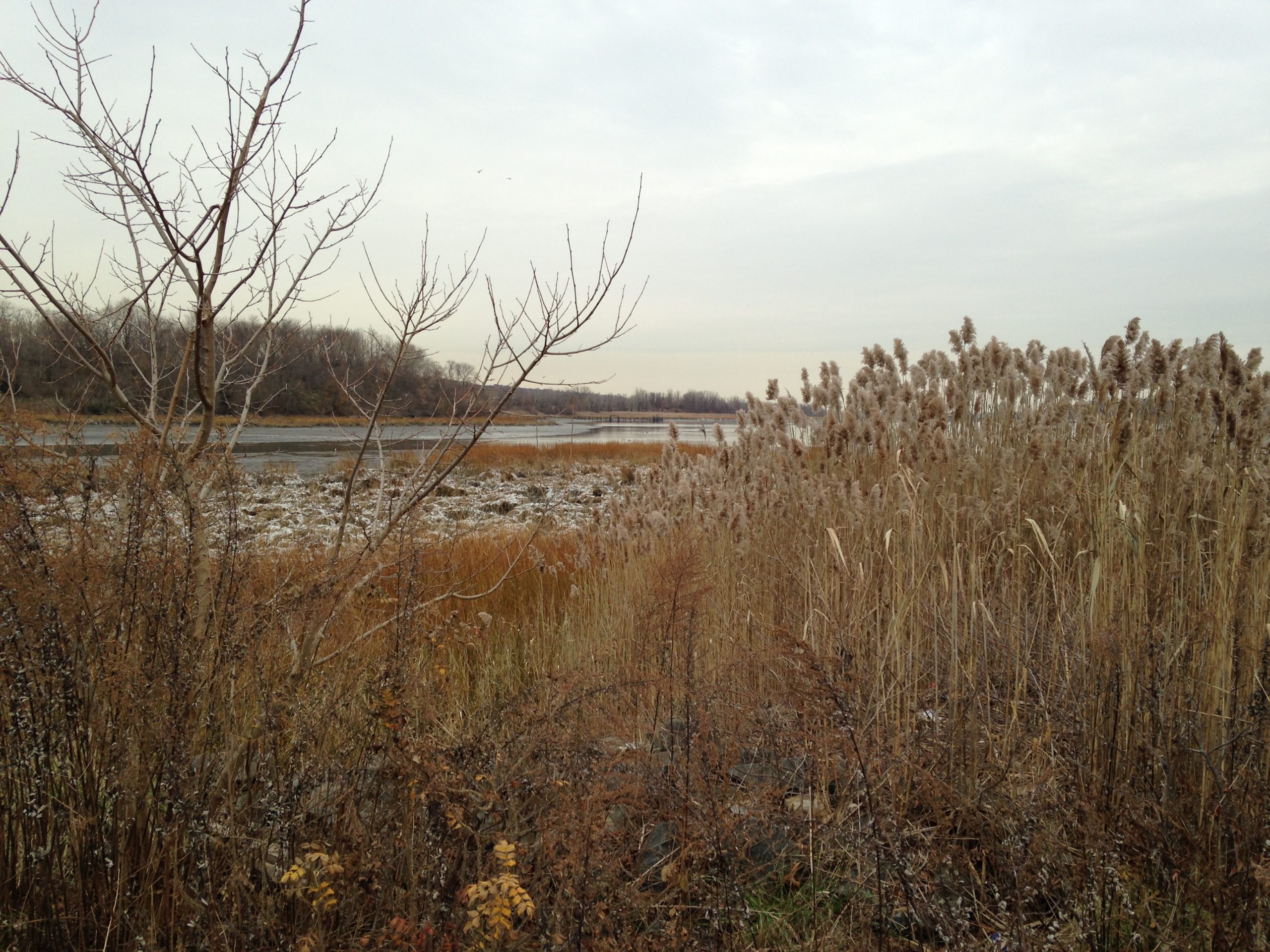It’s Thanksgiving Day in the United States, just south of where I live—where I have family, many friends and treasured readers, and ancestral roots that dig in deep.
I had, in fact, five ancestors who came across from England on the Mayflower.
As a former museum curator, I’m also very aware of the ways in which we “curate” history—choosing which facts to preserve and glorify, and which to overlook or cast away.
Karl Jacoby, in this excellent article, touches on the moment in 1621 when the surviving Plymouth colonists and their Indigenous neighbours “feasted” together in what is traditionally viewed as the first Thanksgiving.
But he also reminds us that “American holidays…sometimes reveal more about what we have forgotten about the past than what we remember.”
And here’s what we’ve “forgotten”—here’s what the Pilgrim Fathers (with my ancestors among them) did in November 1620. This was a year before that “first Thanksgiving”, as recorded in their own words in A Relation or Journal of the Proceedings of the Plantation Settled at Plymouth in New England, printed in London in 1622.
On first arriving in America, they went ashore at Cape Cod. Finding spots where the “Indians” had buried something, they dug and found a kettle full of corn, and after some discussion took the kettle and its contents for themselves.
A short while later they went back to that same spot and dug again and found more corn, “two or three baskets full of Indian wheat, and a bag of beans, with a good many of fair wheat ears.” They took it all.
Venturing further along the paths, they found “a place like a grave…and resolved to dig it up”. It was indeed a grave, carefully prepared with mats and painted boards, containing “bowls, trays, dishes, and such like trinkets” and “two bundles, the one bigger, the other less.”
The bigger bundle contained “the bones and skull of a man”, so they “opened the less bundle likewise, and found…the bones and head of a little child, about the legs, and other parts of it was bound strings, and bracelets of fine white beads; “…there was also by it a little bow, about three quarters long, and some other knacks; we brought sundry of the prettiest things away with us, and covered the corpse up again.”
After this bit of grave robbery, they went back to digging in hopes of finding more buried food. They also found “two houses, which had been lately dwelt in, but the people were gone”.
Gone so quickly, in fact, they’d left food and belongings behind them (they were probably hiding in the safety of the trees, watching the settlers steal their hard-earned winter food stores and desecrate their loved ones’ graves). The Englishmen rifled the contents of the houses. “Some of the best things we took away with us,” the journal notes.
My ancestors were part of that.
In Canada, we had a Truth and Reconciliation Commission—charged with acknowledging and recording the voices of those bearing witness to the harm done across seven generations by our brutal residential school system.
The commission set out calls to action aimed at “establishing new relationships embedded in mutual recognition and respect that will forge a brighter future” between Canadians and those of the Indigenous nations upon whose lands we settled.
Reconciliation is a process, and a long one, but it starts with truth.
The truth is, that for those who were living here when they arrived, the arrival of my ancestors was nothing to celebrate.
So when I tell the story of the “first Thanksgiving” to my children, I believe I ought to tell the whole of it—not only the “feast” of 1621, but the events of the November before that, when my ancestors stole “trinkets” from a child’s grave, helped themselves to whatever they wanted from somebody’s house, and dug up all the food someone else had worked hard to grow, harvest, and store, without caring what hardships that great theft might cause.
I’ll always wonder just how many people sickened from starvation, and how many died, because my ancestors carried off that food.
“We cannot change events in the past” Karl Jacoby reminds us, in his article. But we can learn from them. We can remember them. And we can strive to do better.
Curating history to show just the pretty parts twists the past into a fairy tale.
Teach the truth.




Thanks for sharing this, Susanna. It’s humbling.
Thank you, Laurie. I’m frequently humbled by history myself, and I don’t think that’s such a bad thing. I like to remember what Dag Hammarskjöld, the former Secretary-General of the United Nations, once wrote: “To have humility is to experience reality, not in relation to ourselves, but in its sacred independence. It is to see, judge, and act from the point of rest in ourselves. Then, how much disappears, and all that remains falls into place.”
So beautifully said Susana. As a 9th great granddaughter of William Bradford, I too struggle with this holiday, so we find ways to be grateful and let the children in our family know the whole story as well.
I think it’s especially important, with children, to have them connect with history through the people, with empathy, and not through symbols and rhetoric. There are few shiny heroes in history, and the sooner you can teach a child to look and see whose story isn’t being told, the sooner you have set them on a path to learn the truth.
As a Mayflower descendent myself, I am often appalled by this group of “saints” (what they called themselves) who trashed the Native American mores and way of life to further their own. History is written by the victors.
Laura, I don’t know if you saw this article in the Washington Post on the present-day Wampanoags (the people our ancestors stole from), but it’s really well done: https://www.washingtonpost.com/history/2021/11/04/thanksgiving-anniversary-wampanoag-indians-pilgrims/
I have Mayflower ancestry also; Francis Cooke and his French Huguenot wife, Hester Mahieu. The holiday is a sobering one for me also. Our power was out yesterday in southern California, scuppering our plans for a get together, so I spent the day reading the book Mayflower by Nathaniel Philbrick. It’s a historian’s realistic accounting of not only the voyage, but the history afterwards, including King Philip’s war where Massasoit’s son rose up against the colonists. I highly recommend the book
Thanks for the book rec, Kate. I’ll put it on my TBR list. And I hope you have your power back on now! Keep safe and well.